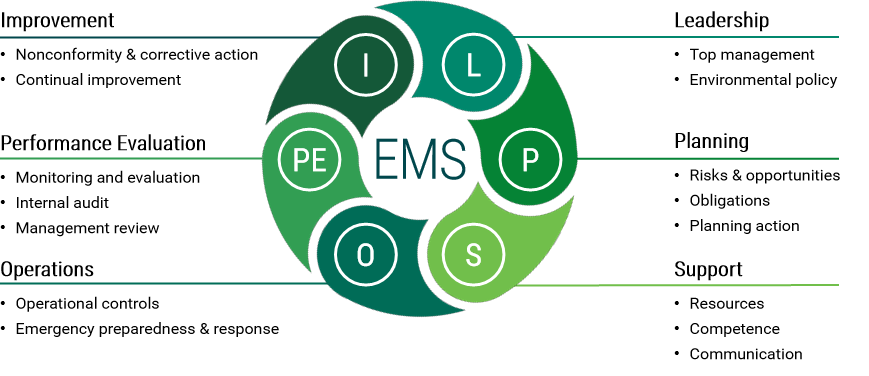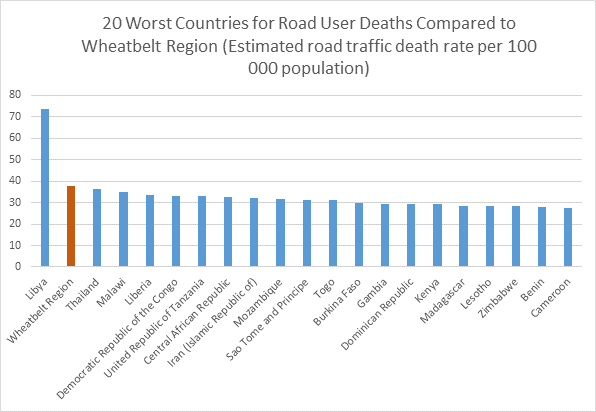Environmental Management
Main Roads Environmental Policy outlines Main Roads commitment to environmental management principles and objectives that provide the overall intentions and direction of the organisation.
We have an independently certified Environmental Management System (EMS) to ISO14001:2015.
Our EMS covers our processes, activities and products that have a potential to impact on the environment. The EMS ensures compliance with our legal obligations and provides the framework for driving environmental and heritage requirements throughout our leadership, planning, support, operation, performance evaluation and improvement actions.
Implementation of our EMS:
- Enhances our environmental performance;
- Ensures we meet our compliance obligations; and
- That we achieve our environmental objectives.

In accordance with National and State Government road safety policies, Main Roads is also committed to substantially reducing road trauma on the road network through implementing Safe System principles. Crash analysis shows that more than 70 per cent of all serious crashes are due to drivers making mistakes rather than deliberate risk taking behaviour (such as speeding or drink driving). The safe system approach recognises that the road system needs to be more forgiving of driver error, requiring a collaborative multi agency approach to address the safety of vehicles, speeds and road infrastructure, whilst continuing to improve behaviour through education and enforcement.
The challenge for us is to conserve roadside vegetation and associated environmental values, including matters of national environmental significance, while still meeting the communities expectations of having safe roads. This is particularly true in the Wheatbelt region.
 Source: WHO Global Status Report on Road Safety 2015 (180 countries measured)
Source: WHO Global Status Report on Road Safety 2015 (180 countries measured)
Our focus on improving road safety thoroughly considers all environmental, economic and community benefits and impacts. We operate on a hierarchy of avoiding, minimising, reducing and then, if required, offsetting the environmental impacts which, in some cases, can be achieved through changes in project scope and design. We regularly reduce the clearing footprint by restricting earthworks limits for projects, steepening batters, installing barriers, establishing borrow pits (material pits) in cleared paddocks and avoiding temporary clearing for storage, stockpiles and turn around bays to avoid and minimise its impacts.
- consultation with stakeholders and regulators
- field inspections
- biological surveys or
- Environmental Impact Assessments.
- Western Australian Environmental Protection Authority (EPA) for assessment under State legislation (Section 38 of the Environmental Protection Act 1986 (s38 EP Act)); and/or
- Department of Climate Change, Energy, the Environment and Water (DCCEEW) for assessment under Commonwealth legislation (Environment Protection and Biodiversity Conservation Act 1999 (EPBC Act)).
- Specification 204 Environment Management
- Specification 301 Vegetation Clearing
- Specification 202 Material and Water Sources
- Specification 304 Revegetation and Landscaping
- Routine maintenance including pothole repairs, sign and guidepost replacement, litter collection and other minor activities.
- Periodic maintenance (activities that are cyclic in nature) including reseals, pavement rehabilitations / repairs, vegetation clearing and shouldering.